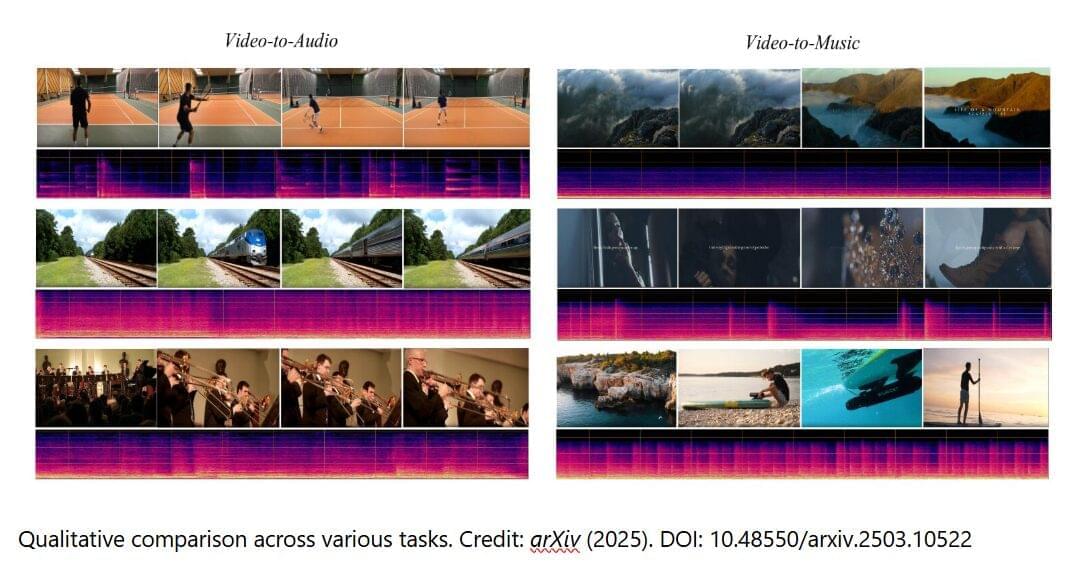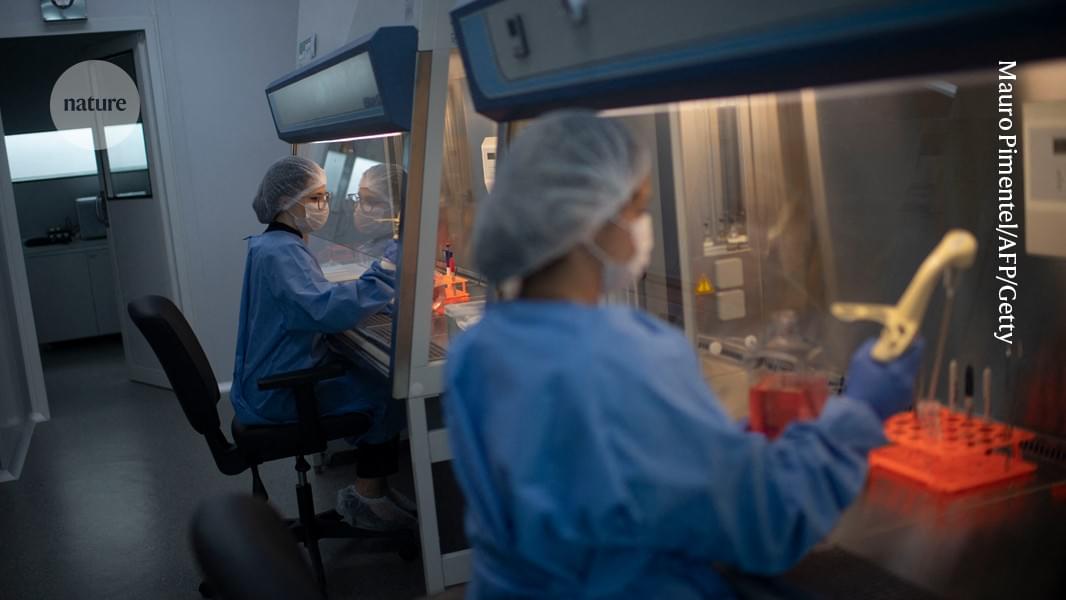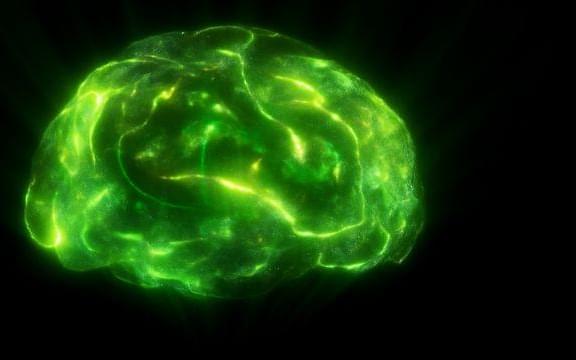Unmanned aerial vehicles (UAVs), commonly known as drones, have already proved to be valuable tools for a wide range of applications, ranging from film and entertainment production to defense and security, agriculture, logistics, construction and environmental monitoring. While these technologies are already widely used in many countries worldwide, engineers have been trying to enhance their capabilities further so that they can be used to tackle even more complex problems.
Researchers at Pohang University of Science and Technology and the Agency for Defense Development (ADD)’s AI Autonomy Technology Center in South Korea recently developed a drone with foldable wings that could be more maneuverable than conventional drones. Their drone draws inspiration from the winged flying squirrel, a type of squirrel that uses loose flaps of skin attached from their wrists to their ankles to glide from tree to tree.
“The flying squirrel drone is inspired by the movements of flying squirrels, particularly their ability to rapidly decelerate by spreading their wings just before landing on trees,” Dohyeon Lee, Jun-Gill Kang and Soohee Han, co-authors of the paper, told Tech Xplore. “We initiated this research with the belief that, like flying squirrels, drones could expand their dynamic capabilities by utilizing aerodynamic drag.”






